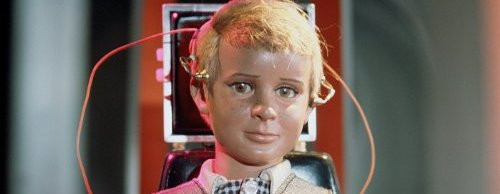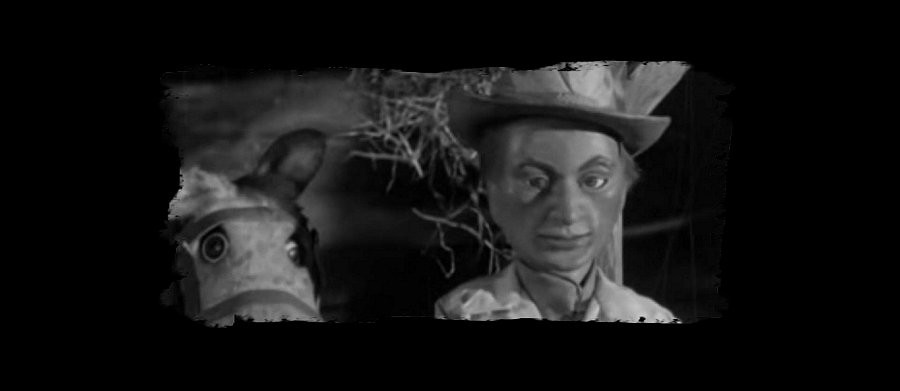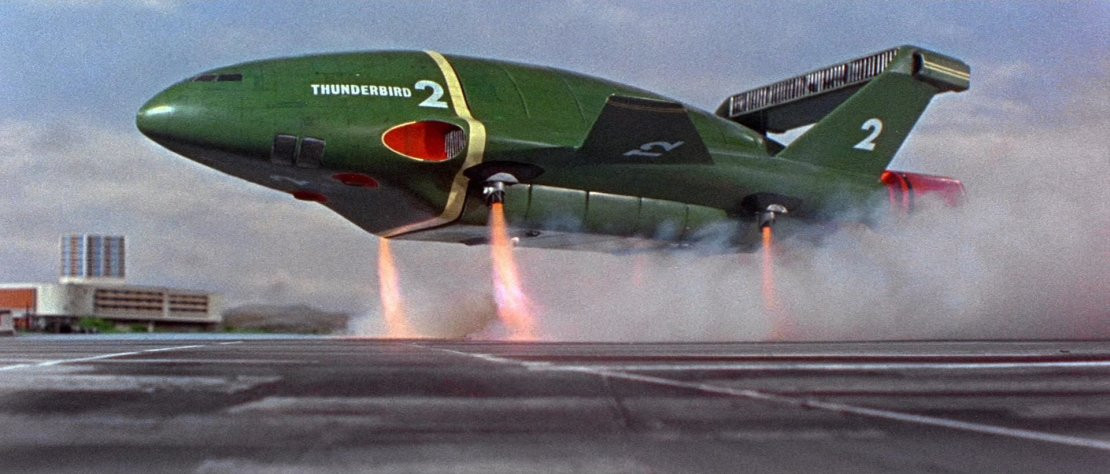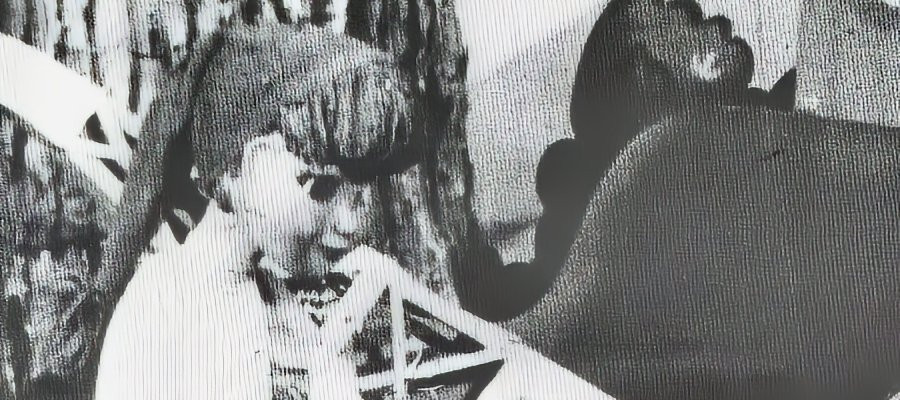
The Adventures of Twizzle
1957 - United KingdomBy 1957, Gerry Anderson’s fledgling production company was on the brink of collapse. Work was scarce, funds were running out, and the phones were silent. Then, unexpectedly, a lifeline arrived. Children’s author Roberta Leigh and her associate Suzanne Warner, acting on behalf of Associated Rediffusion, approached Anderson with a proposal: a commission for 52 thirteen-minute episodes of a puppet series aimed at children.
Anderson was initially less than thrilled. “There I was, ready to make The Ten Commandments, and they wanted us to work with puppets!” he would later quip. Still, with no other offers in sight, Anderson and his co-founder Arthur Provis accepted. Thus began one of the most influential careers in British television, one that would revolutionise children’s programming—and it all began with The Adventures of Twizzle.
Twizzle was a shop-dwelling toy doll with a unique talent: he could extend his arms and legs to remarkable lengths. Priced at two shillings and sixpence, Twizzle was too dear for most customers and resigned himself to a life on the shop shelf. That is, until a spoiled girl named Sally Cross bullied the shopkeeper into letting her buy him for two shillings. Fearing life with Sally, Twizzle hides inside a Jack-in-the-Box and, using his special abilities, escapes the shop after dark.
Soon after, Twizzle befriends Footso, a large black cat with oversized paws who has also run away. The two quickly form a bond and set off on a series of adventures. Twizzle uses his abilities to save a doll from a house fire and is rewarded with a racing car. After crashing it, he trades it for a red breakdown truck and begins rescuing other broken or abandoned toys. Among them are Chawky the golliwog, Jiffy the Broomstick Man, Bouncy the ball, Candy Floss the mute mama doll, Polly Moppet, and others.
Looking for a home, Twizzle and his new friends build a village of log cabins they name Stray Town—a sanctuary for discarded toys. Occasionally, a paternal figure known as the Toy Inspector visits to ensure everything is in order.
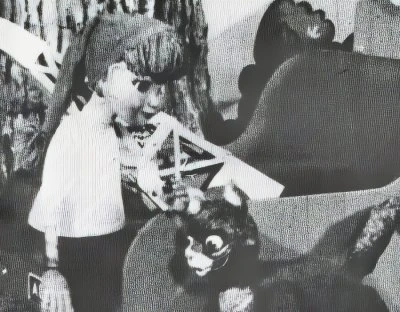
Anderson’s path to puppetry was far from straightforward. In 1955, with commercial television newly launched in Britain, he had joined Polytechnic Films in Taplow, Buckinghamshire. There he met cameraman Arthur Provis. Two years later, with Polytechnic in liquidation, the pair formed AP Films and brought with them several former colleagues: art department duo Reg Hill and John Read, and company secretary Sylvia Thamm.
They set up shop in an Edwardian house by the Thames in Maidenhead. Despite their ambition, the work didn’t come. Six months passed with no commissions. Everyone was forced to take other jobs—until the phone finally rang with Roberta Leigh’s offer.
Although the commission came with a modest budget of £450 per episode, Anderson and Provis took the job. They were not especially keen on working with puppets, which they felt undersold their talents, but necessity prevailed. Time constraints meant that models were often finished in the morning and filmed the same afternoon.
Anderson was determined not to produce the kind of crude, lifeless puppetry that typified the era. He and Reg Hill incorporated cinematic techniques such as close-ups and quick cuts. They also moved puppet operators from behind the set to an overhead gantry, allowing for more dynamic staging and eliminating problematic shadows. This overhead technique also allowed for proper three-dimensional sets.
To help puppeteers see their work from above, Anderson employed a newly released lightweight camera and used it to develop what would become ‘Video Assist’—a monitoring system that displayed what the film camera was recording. This pioneering method was soon adopted across the film industry.
The Twizzle team grew to twelve people, but more help was needed. Reg Hill approached special effects veteran Les Bowie, who was unavailable but recommended his protégé Derek Meddings. Initially dismissive of puppetry, Meddings nonetheless accepted. The experience proved formative; Meddings went on to become one of the most respected special effects artists in cinema, with credits including the James Bond and Superman franchises.
Voice work for the show was handled primarily by actress Denise Bryer, the former wife of Nicholas Parsons. Parsons himself would later contribute to other Anderson projects. Roberta Leigh, though lacking formal musical training, wrote the show’s songs by humming them to a composer, who then scored them. That composer was Barry Gray, who would become the musical backbone of Anderson’s later series, including Thunderbirds and Captain Scarlet.
The first episode of The Adventures of Twizzle aired on 13 November 1957 at 4:30 p.m. The AP Films team were still filming future episodes, but they took a break to celebrate with a small launch party—an event that also marked the beginning of Gerry Anderson’s relationship with Sylvia Thamm, later Sylvia Anderson.
From the seventh episode onwards, the series was broadcast under the children’s programming block Small Time, and shifted to a 5:00 p.m. slot. It remained there until 17 September 1958, when it moved to 4:45 p.m. The final new episode, Candy Floss Has a Birthday, was curiously delayed and not broadcast until 10 June 1959—seven months after the rest of the series concluded. No official reason was given, though it was likely a scheduling oversight.
The Adventures of Twizzle proved a great success with young audiences and led Associated Rediffusion to commission a follow-up series from Leigh and Anderson. Though initially sceptical of puppetry, Anderson was now finding his creative footing. With each new series, his techniques and ambitions would evolve, ultimately culminating in landmark productions like Thunderbirds.
Seen this show? How do you rate it?
Seen this show? How do you rate it?
Published on November 26th, 2018. Written by Pip Williams for Television Heaven.



